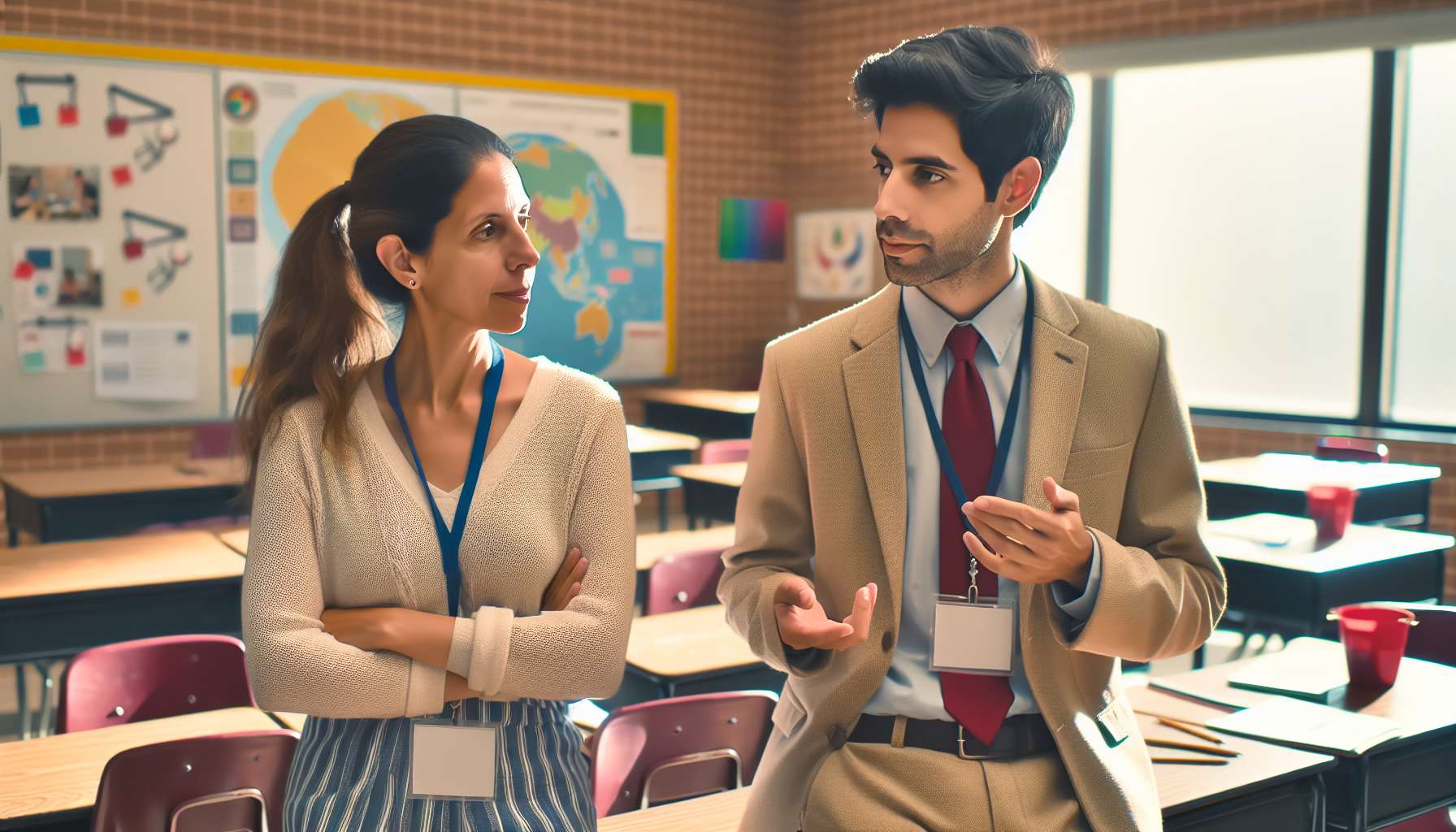Exploring Teachers’ Perceptions of Augmented Reality in the Classroom
Augmented reality (AR) has been making waves in various industries, and education is no exception. As technology continues to evolve, educators are increasingly exploring innovative ways to engage students and enhance the learning experience. In this article, we delve into teachers’ perceptions of augmented reality in the classroom and how it is transforming education.
1. Embracing Interactive Learning
One of the key benefits of augmented reality in education is its ability to create interactive and immersive learning experiences. Teachers have reported that AR applications allow students to visualize complex concepts, making abstract ideas more tangible and easier to understand. By bringing virtual objects into the real world, AR enables students to explore and interact with subjects in a way that traditional methods cannot replicate.
2. Fostering Student Engagement
Engaging students can be a challenge for educators, but augmented reality offers a solution. Teachers have observed that AR technology captures students’ attention and motivates them to actively participate in the learning process. By incorporating AR into lessons, teachers can transform passive learners into active participants, fostering a deeper understanding and retention of the material.
3. Personalized Learning Experiences
Every student has unique learning preferences and abilities. Augmented reality allows teachers to tailor educational content to individual students, providing personalized learning experiences. By adapting AR applications to meet the needs of each student, teachers can ensure that every learner receives the support and challenges necessary for their academic growth.
4. Enhancing Collaboration and Communication
Collaboration and communication skills are essential for success in the modern world. Augmented reality facilitates collaborative learning by enabling students to work together on shared AR experiences. Teachers have found that AR fosters teamwork, problem-solving, and effective communication among students, preparing them for future collaborative endeavors.
5. Bridging the Gap Between Theory and Practice
AR technology has the power to bridge the gap between theoretical knowledge and real-world application. Teachers have reported that AR simulations and virtual experiments allow students to apply their learning in practical contexts, reinforcing their understanding and preparing them for future careers. By immersing students in realistic scenarios, AR helps them develop critical thinking and problem-solving skills.
6. Overcoming Challenges and Limitations
While augmented reality holds immense potential, it is important to acknowledge the challenges and limitations that teachers may face when implementing AR in the classroom. Technical issues, limited access to devices, and the need for training and support are some of the obstacles that educators may encounter. However, with proper planning and support, these challenges can be overcome, and the benefits of AR can be fully realized.
7. Looking Ahead: The Future of AR in Education
The future of augmented reality in education is promising. As technology continues to advance, AR applications will become more accessible, affordable, and user-friendly. Teachers can expect to see further integration of AR into curricula, with a wide range of educational content and tools available to enhance the learning experience. The potential for AR to revolutionize education is vast, and educators are at the forefront of this exciting transformation.
In conclusion, teachers’ perceptions of augmented reality in the classroom are overwhelmingly positive. AR has the potential to revolutionize education by creating interactive, engaging, and personalized learning experiences. By embracing AR technology, educators can bridge the gap between theory and practice, foster collaboration and communication skills, and prepare students for the challenges of the future. As we look ahead, the future of AR in education is bright, and teachers play a vital role in harnessing its full potential.





